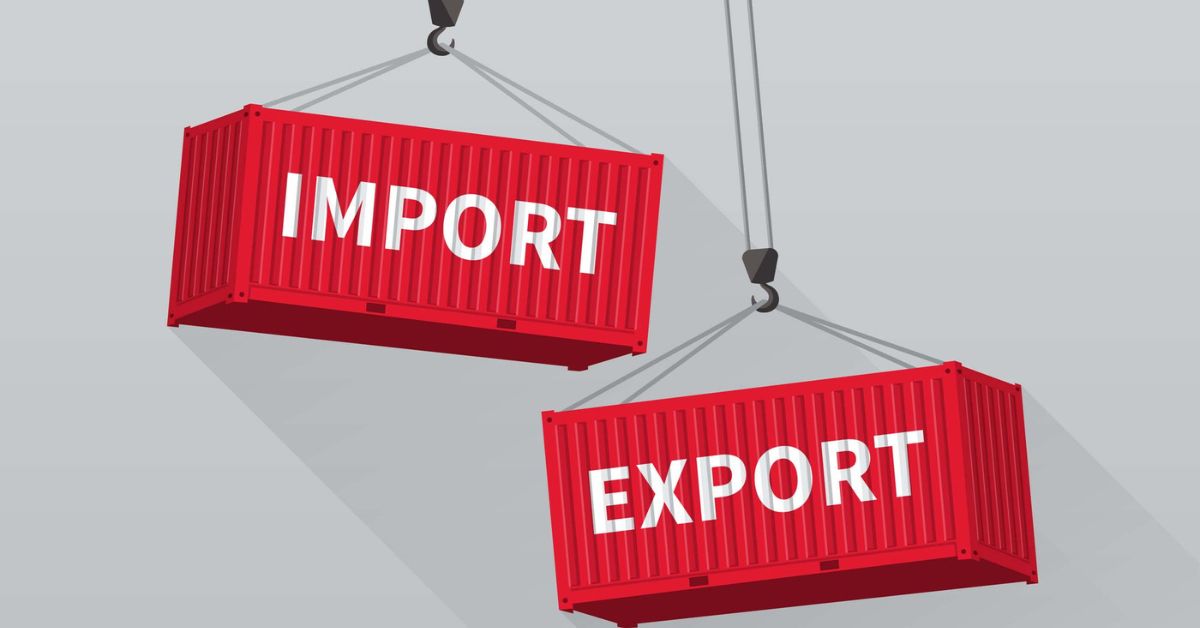Self-Certification for Exporters: Reference Para 1.07 of the Foreign Trade Policy, it is a commitment of this directorate to facilitate exports and imports, with a focus on efficient, transparent, and accountable delivery systems. To further improve trade facilitation for exporters, this directorate has implemented an enhanced electronic Bank Realisation Certificate (eBRC) system. This more streamlined process is based on electronic Inward Remittance Messages (IRMs) to be transmitted directly by banks to DGFT. Based on the IRMs received, the exporters shall self-certify their eBRCs.
Streamlined Workflow: The enhanced eBRC system shall enable exporters to reduce transaction time and costs. It would also ease the burden on bankers by simplifying the reconciliation of IRMs with shipping bills, SOFTEX, invoices, etc. and promote ease of doing business in general. A summary of the revamped eBRC system workflow is as follows –
i. Banks receiving Export Remittances will push the IRM message to the DGFT IT system electronically.
ii. Banks shall push the IRMs pertaining to the Trade Account only and not the IRMs pertain to Capital Account etc. i.e., remittances pertaining to Goods or Services Exports.
iii. IRM details will be accessible to the relevant IEC holder upon logging onto the DGFT Website (https://dgft.gov.in). Since IECs are linked to PAN, only the concerned IEC holder will have visibility to their IRM.
iv. Exporter will create eBRCs by matching IRM with relevant shipping bills, SOFTEX, or invoice details. Multiple IRMs may be grouped under one eBRC, or one IRM can be split amongst several eBRCs.
v. eBRCs can be generated for Goods Exports, Services Exports, Deemed Exports.
vi. The RBI Purpose Code and other fields mentioned in the IRM shall be used to validate the eBRC fields being certified by the Exporter.
vii. Banks will have access to all eBRCs created from the IRMs they input. Banks would have the option to flag any eBRC for further examination or request input from the exporter concerned.
Pilot Launch: A soft launch of the revamped eBRC system is proposed with effect from 15th November 2023. Starting from given date, each bank will set its cut-off date based on their readiness after completing User Acceptance Testing (UAT). IRMs dated on or after this bank-specific cut-off date will be sent to DGFT for exporters’ self-certification. For IRMs generated before this date, banks will generate eBRCs and submit them to DGFT, as per the legacy eBRC process. Both the upgraded and legacy eBRC systems will operate simultaneously until all banks transition to the upgraded eBRC system. The DGFT Website will host the list of banks with their respective IRM cut-off dates for reference of all stakeholders.
Mandatory API Integration: For prompt data exchange, all banks must integrate using Application Programming Interface (API). Exceptions, if any, would require a detailed justification. Banks are accordingly required to transition to API integration with the upgraded eBRC systems latest by 31st January 2024.
Outreach & Awareness: The revamped eBRC system’s user guide and Frequently Asked Questions (FAQs) will be available on the DGFT Website under the Learn Section. Additionally, DGFT will organize Exporter Outreach Programs to demonstrate and raise awareness about the revamped eBRC facility.
Feedback: Concordance of the purpose codes to the eBRC fields may be perused by navigating to the DGFT website –> Services –> eBRC. The validation rules used for eBRC generation are also available there for your reference. Stakeholder feedback (if any) on the concordance or the rulesets may be submitted to [email protected]
Support Channels: Exporters and other stakeholders may contact the DGFT Helpdesk for eBRC-related issues, suggestions, or feedback through the following channels –
i. Call the Toll-Free Helpdesk Support Number.
ii. Raise a Helpdesk ticket by navigating to DGFT website — > Services — > DGFT Helpdesk Service. Users may also track their earlier helpdesk ticket status or search previously filed helpdesk tickets.







